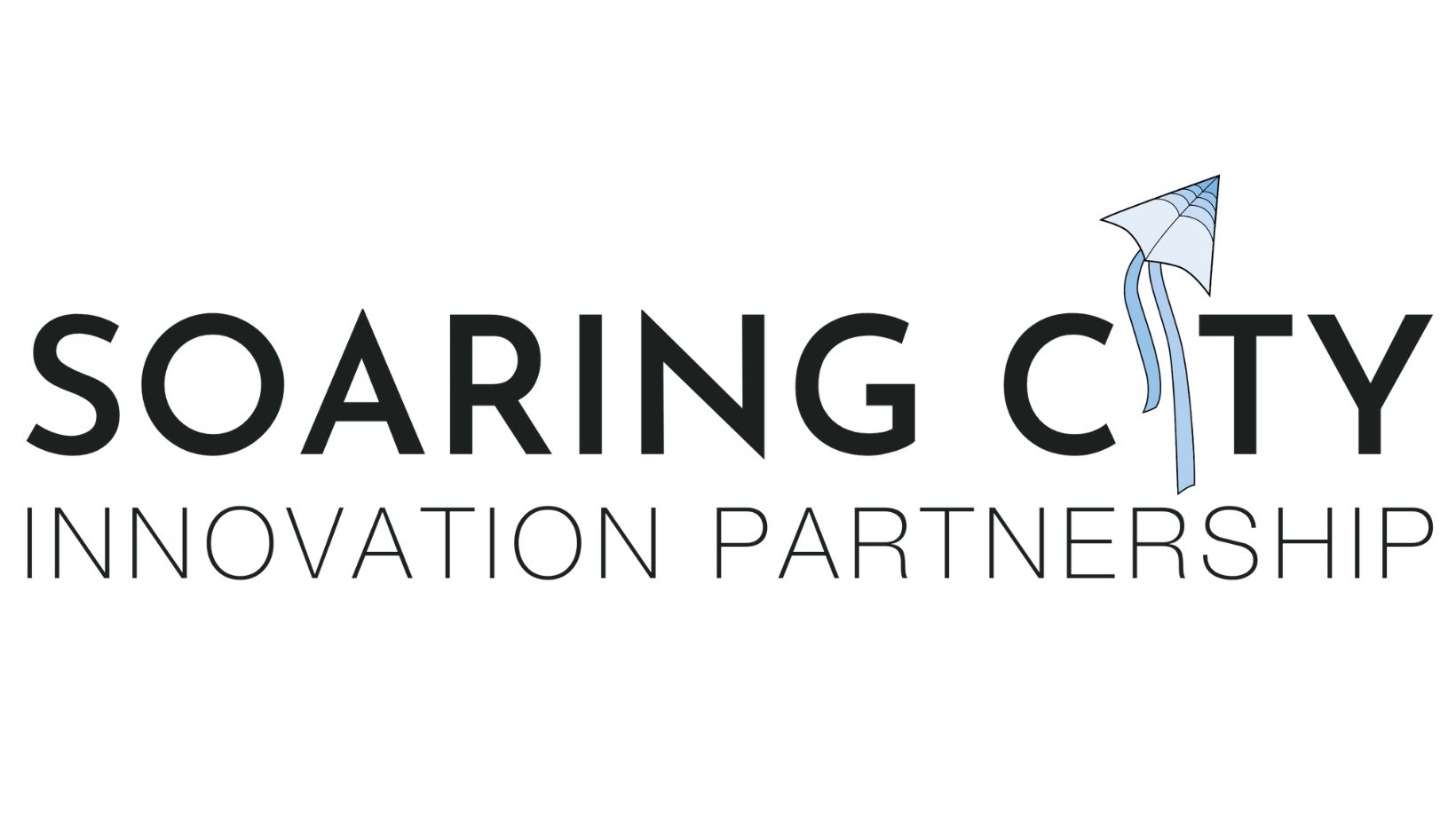The answer to life’s most vexing question is 42. For those who understand what I mean, you can stop reading. For those confused – join me as we chase a white-tailed rabbit down a 3D Vortex.
In 2010 Dr. Judy Genshaft delivered a seminal speech to the University of South Florida nation. In her address, she noted the University system’s rapid growth in research activity. Near the end of her speech, she also noted the creation of an Innovation Zone and within that zone the emergent concept of an “innovation city” from which tomorrow’s ideas would come to life today.
Today USF is joined by 5 additional Anchor Institutions, along with over 230 other members to build a connected innovation district that can compete with other top innovation districts across the globe. Our team has visited and studied two other innovation districts – Philadelphia’s University City and St. Louis’s Cortex, which bring together top-tier Universities with hospitals and businesses to create an environment conducive to disruptive, transformative, world-changing ideas, which focus on life’s most vexing challenges.
Why?
Because a rock ’em sock ’em, tumultuously exciting, and stratospherically lucrative race to reinvent the world as we know it is on. And we – Tampa !p – want to engage.
Why? The Answer is 42 (See Douglas Adam’s The Hitchhiker’s Guide to the Galaxy for more on this one).
“Gentleman you can’t fight in here. This is the war room” – a line from the film Dr. Strangelove or: How I Learned to Stop Worrying and Love the Bomb.
The battleground stretches from London to Beijing, Silicon Valley to Boston’s Route 128, North Carolina’s Research Triangle and Tech Square at Georgia Tech. Companies and their ancillary research laboratories, concentrated within a dozen select metros are working 24/7 to create products that will reshape every facet of how we live, work and play. There is no realm, from the military to medical, education, transportation, consumer products or entertainment that is safe from this disruption. The holy trinity of this disruptive amalgamation: AI, data, and talent. If AI is the electricity and data the oil from which the machinery of change is dispensed, talent is the critical elixir from which the first two are derived. And it’s the battle over talent from whence the war is now waged.
The talent worker, or creative class, can be described as a group of highly sought-after Knowledge Workers, popularized in 2002 by the world renown Urbanist Richard Florida in his magnum opus The Rise of the Creative Class.
Talent is spawned by great Universities.
A quick glance at the September 2018 issue of Fast Company yields a colorful map depicting the educational institutions supplying the talent for the most in-demand jobs in the United States. It’s a lonely map. The Universities depicted are the Petri dish from which a relatively small, but highly attractive group of uber-smart people study machine learning, data science, big data, full stack engineering, and complex software development are trained to work at some of the most interesting companies in the world. Those companies, in turn, are the target of tremendous adulation and fawning. Doubt me? Just see how much attention has been given to attracting Amazon HQ2. To date the bulk of activity has been concentrated in a relatively small number of metros, popularized by Richard Florida, Bruce Katz and people like me who keep close tabulation on the top 10 rankings for the most entrepreneurial cities with as much anticipation as half of America follows the college football rankings.
The key takeaway here is that metros which attract globs of tech talent also attract great companies, which results over time in a significantly higher median income level than for metros which hang their hat on call centers and strip mall-outlets.
So, if the battlefield is Silicon Valley, Hong Kong, Singapore, Beijing, Shenzhen and Austin, Texas. Where does that put Tampa? To answer this question, I searched the writings of the renowned Enrico Moretti.
